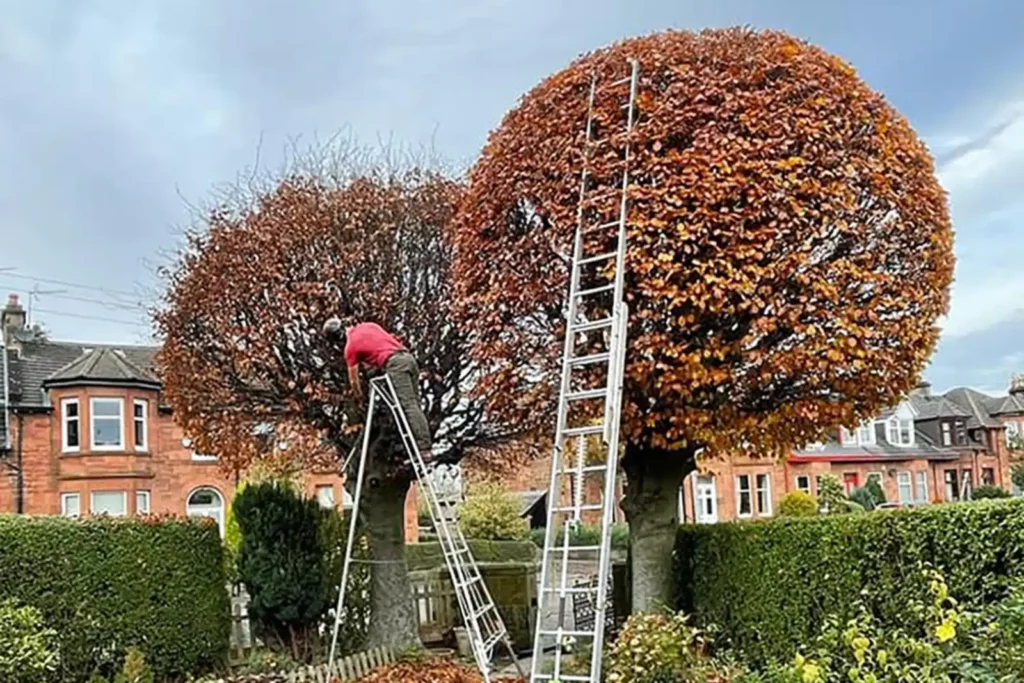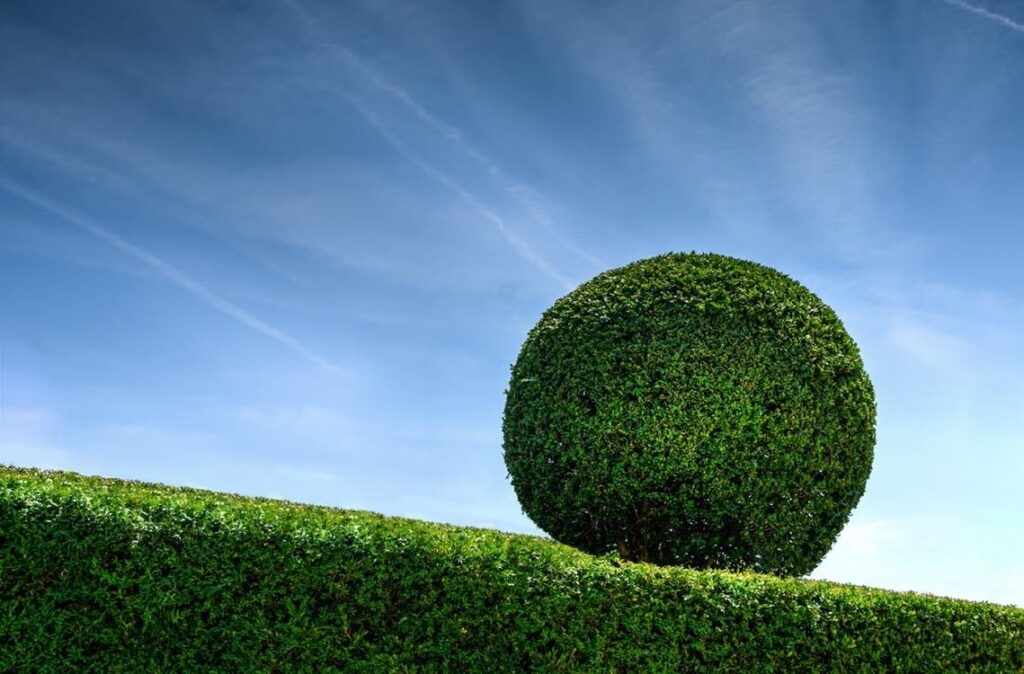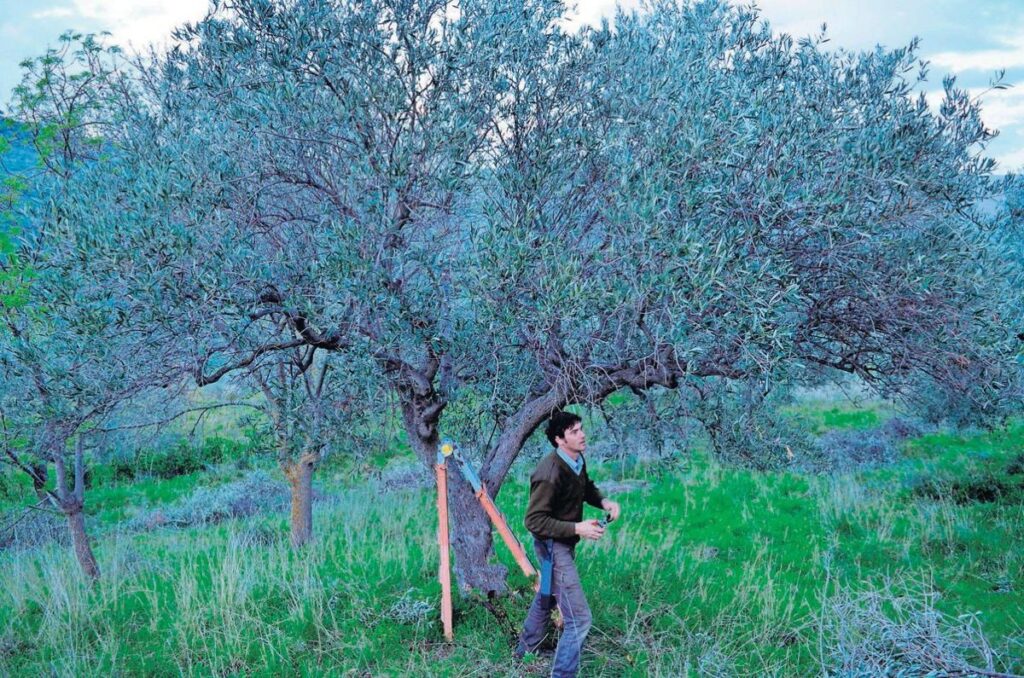Tree pruning is an essential aspect of maintaining healthy and beautiful gardens in Sydney. Understanding the importance of tree pruning and knowing the best practices for this art form can help you enhance the aesthetics of your outdoor spaces while promoting the overall well-being of your trees. In this article, we will delve into the science behind tree pruning, discuss the benefits of regular pruning, explore the right time for pruning, highlight the essential tools required, and explore various techniques for effective tree pruning. We will also address the special considerations that Sydney gardens need to keep in mind when it comes to tree pruning.
Understanding the Importance of Tree Pruning
Tree pruning is not just about enhancing the visual appeal of your garden; tree pruning is a science-backed practice that helps maintain the health and structural integrity of your trees. By removing dead, damaged, or diseased branches, pruning promotes air circulation and sunlight penetration, fostering the growth of new and healthy branches. Pruning also helps in maintaining proper balance and shape, enhancing the overall structure of the tree.
See Also: How Much Does Tree Pruning Cost?
The Science Behind Tree Pruning
Tree pruning is based on several scientific principles. Firstly, it helps in removing branches that are competing for resources, such as nutrients and water, allowing the tree to focus its energy on healthy growth. Secondly, pruning stimulates dormant buds, promoting new growth and ensuring the tree’s vitality. Lastly, by eliminating weak or crossing branches, pruning helps prevent potential hazards like breakage or falling limbs, ensuring the safety of your garden and property.

Benefits of Regular Tree Pruning
Regular pruning brings numerous benefits to your garden. By removing dead and diseased branches, pruning prevents the spread of pests and diseases, protecting the overall health of your trees. It also improves the tree’s resistance to strong winds and storms, reducing the risk of damage. Additionally, pruning enhances the tree’s appearance, allowing it to showcase its natural form and beauty. Moreover, when done correctly, pruning can increase fruit production in fruit-bearing trees and promote vibrant blooms in flowering trees.
Furthermore, tree pruning plays a vital role in maintaining the ecological balance of your garden. As trees grow, they can sometimes become overcrowded, leading to competition for resources and limited sunlight reaching the lower branches. By selectively removing certain branches, pruning allows for better light penetration, ensuring that all parts of the tree receive the necessary sunlight for photosynthesis. This, in turn, contributes to the overall health and vitality of the tree, as well as the surrounding plants and organisms that rely on it.
In addition to the ecological benefits, tree pruning also has economic advantages. Well-maintained trees can increase the value of your property by enhancing its curb appeal. A properly pruned tree not only looks aesthetically pleasing but also gives the impression of a well-cared-for and organized landscape. This can be particularly advantageous if you are planning to sell your property in the future, as potential buyers are often attracted to visually appealing outdoor spaces.
Identifying the Right Time for Pruning
Timing plays a crucial role in effective tree pruning. Understanding the seasonal considerations and recognizing the signs indicating the need for pruning will help you determine the right time to undertake this task.
Pruning is not just about cutting branches; it is a delicate process that requires careful planning and consideration. By timing your pruning correctly, you can promote healthy growth, improve the tree’s structure, and enhance its overall appearance. It is essential to be aware of the specific needs of each tree species to ensure that you are pruning at the most beneficial time.
Seasonal Considerations for Pruning
In Sydney, it is generally recommended to prune most trees during the dormant season, which typically falls in late winter or early spring. Pruning during this period allows the tree to conserve energy and minimizes the risk of diseases or pest infestations. However, there are exceptions to this rule, such as trees that bloom in spring, which should be pruned immediately after flowering to avoid compromising next year’s bloom.
During the dormant season, trees are less susceptible to stress and are better able to recover from pruning cuts. This period also coincides with reduced fungal spore activity, lowering the risk of infections. By timing your pruning activities strategically, you can set your trees up for a healthy growing season ahead.
Signs Your Tree Needs Pruning
Good tree health comes with careful observation. Keep an eye out for signs indicating that your tree needs pruning. These signs include dead branches, weak or narrow crotch angles, excessive crossing or rubbing branches, and branches that obstruct walkways, power lines, or other structures.
Regularly inspecting your trees for these signs can help you address issues before they escalate and potentially harm the tree. Proper pruning not only improves the tree’s health but also reduces the risk of falling branches, enhancing safety for people and property around the tree.

Essential Tools for Tree Pruning
To ensure safe and effective tree pruning, it is crucial to have the right tools on hand. Before you begin, equip yourself with safety gear and choose the appropriate tools for the job.
Tree pruning is not just about cutting branches; it is an art that requires precision and knowledge. Understanding the tree’s growth patterns and knowing where to make the cuts are essential for promoting healthy growth and maintaining the tree’s structural integrity.
Safety Equipment for Pruning
Prioritize your safety by wearing protective gear, including gloves, safety goggles, and a hard hat. These essentials will shield you from potential hazards and ensure a safe pruning experience.
Additionally, consider wearing ear protection, especially when using noisy power tools like chainsaws. Hearing protection can prevent long-term damage from prolonged exposure to loud noises during tree pruning activities.
Choosing the Right Pruning Tools
The choice of pruning tools depends on the size and type of branches you are dealing with. For smaller branches, handheld pruners or secateurs are ideal, while loppers or pruning shears work well for branches up to an inch thick. For larger branches, a pruning saw or chainsaw may be necessary. It is essential to keep your tools sharp and clean to ensure precise cuts and minimize damage to the tree.
When selecting pruning tools, consider the tree species as well. Some trees may require specialized tools or techniques to ensure proper pruning without causing harm. Researching the specific needs of the tree you are working on can help you choose the most suitable tools for the job.
Techniques for Effective Tree Pruning
Proper pruning techniques are essential to preserve the health and aesthetics of your trees. Whether you are dealing with young or mature trees, different approaches should be adopted for effective pruning.
Tree pruning is not just about cutting branches; it is a delicate art that requires careful consideration of the tree’s biology and growth patterns. By understanding how trees respond to pruning cuts, you can promote healthy growth and minimize the risk of disease or structural issues.
Pruning Young Trees
Young trees require special attention to shape their growth and establish a strong structure. Focus on removing any competing branches and maintaining a central leader, which will help the tree develop a balanced and sturdy form. Prune only as much as necessary and avoid drastic pruning that may stunt the tree’s growth.
It is crucial to consider the tree’s natural growth habit when pruning young trees. By encouraging outward growth rather than inward or upward growth, you can prevent future issues such as weak branch attachments or overcrowding.
Pruning Mature Trees
When it comes to mature trees, pruning is all about maintaining their health and removing any hazardous or troublesome branches. Start by removing dead, damaged, or diseased branches, followed by selective pruning to improve airflow and maintain the tree’s shape. Remember not to over-prune, as it can weaken the tree and make it more susceptible to diseases and pests.
As trees age, their pruning needs change. Mature trees may benefit from crown thinning to reduce wind resistance and allow more sunlight to reach the inner branches. Additionally, strategic pruning can help older trees allocate resources more efficiently, promoting overall vitality and longevity.
Special Considerations for Sydney Gardens
Living in Sydney, it is important to consider the unique characteristics of the region when pruning your trees. Native Australian trees have specific pruning requirements that ensure their longevity and promote their natural growth patterns.
Pruning Native Australian Trees
Native Australian trees have adapted to the country’s harsh conditions and require minimal pruning. It is essential to understand the natural growth habits of these trees and only prune when necessary. Focus on removing dead or crossing branches, avoiding excessive pruning that may compromise the tree’s health.
Dealing with Sydney’s Climate and Soil Conditions
Sydney’s climate and soil conditions play a significant role in tree health and growth. Consider factors such as drought tolerance, wind resistance, and soil moisture levels when planning your pruning routine. Consulting with local arborists or horticulturists can provide valuable insights specific to your garden’s needs.
When it comes to Sydney’s climate, it is important to note that the city experiences a temperate climate with mild winters and warm summers. This means that trees in Sydney need to be able to withstand both heat and occasional cold snaps. Pruning can help trees better adapt to these conditions by removing weak or damaged branches that may be more susceptible to extreme weather.
In addition to climate considerations, Sydney’s soil conditions are also unique. The city’s soil is generally sandy and well-draining, which can pose challenges for tree growth. Pruning can help improve soil aeration and drainage by reducing the density of foliage and allowing more sunlight to reach the ground. This, in turn, promotes healthier root development and overall tree vigor.
Another factor to consider is Sydney’s proximity to the coast. The city’s gardens are often exposed to salt spray and strong coastal winds. Pruning can help mitigate the effects of these environmental factors by shaping the tree’s canopy to reduce wind resistance and prevent salt damage. Regular pruning can also help maintain a balanced tree structure, reducing the risk of branch breakage during storms.
In conclusion, mastering the art of tree pruning will not only enhance the aesthetics of your Sydney garden but also contribute to the overall health and vitality of your trees. By understanding the importance of tree pruning, identifying the right time, acquiring the essential tools, and implementing effective techniques, you can ensure the long-term well-being of your trees. Moreover, considering the special considerations for Sydney’s unique environment will help you make informed decisions while pruning your beloved trees. So go ahead and embark on this artistic journey of tree pruning, and watch your Sydney garden flourish like never before.

